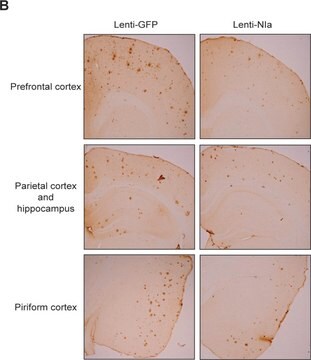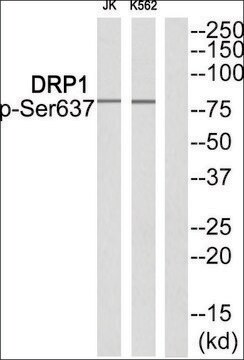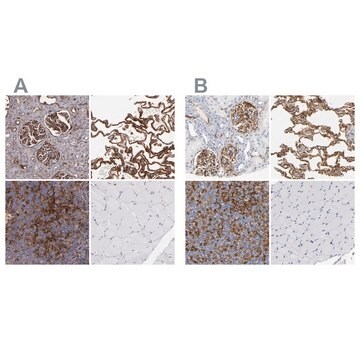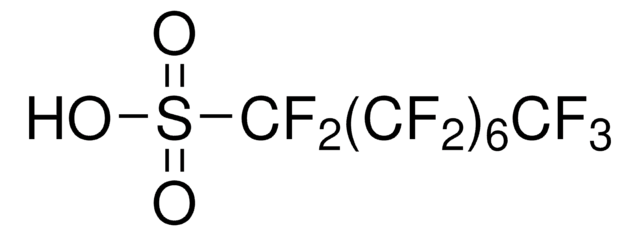MABS1304
Anti-ATP Synthase subunit β Antibody, clone 11/21-7-A8
clone 11/21-7-A8, from mouse
Sinónimos:
ATP synthase subunit beta, mitochondrial, ATP Synthase subunit β, beta-F1-ATPase
About This Item
Productos recomendados
biological source
mouse
Quality Level
antibody form
purified immunoglobulin
antibody product type
primary antibodies
clone
11/21-7-A8, monoclonal
species reactivity
human, mouse, rat
technique(s)
ELISA: suitable
dot blot: suitable
immunocytochemistry: suitable
western blot: suitable
isotype
IgG1κ
NCBI accession no.
UniProt accession no.
shipped in
wet ice
target post-translational modification
unmodified
Gene Information
human ... ATP5B(506)
General description
Immunogen
Application
ELISA Analysis: A representative lot detected His-tagged full-length human ATP Synthase subunit β (beta-F1-ATPase) recombinant protein by direct ELISA (Acebo, P., et al (2009). Transl Oncol. 2(3):138-145).
Dot Blot Analysis: A representative lot detected ATP Synthase subunit β (beta-F1-ATPase) by Dot blot using His-tagged full-length human beta-F1-ATPase recombinant protein or HepG2 lysate (Acebo, P., et al (2009). Transl Oncol. 2(3):138-145).
Western Blotting Analysis: A representative lot detected ATP Synthase subunit β (beta-F1-ATPase) in human hepatoma HepG2, murine hepatoma Hepa 1-6, and normal rat liver epithelial C9 (Clone 9) cells.
Western Blotting Analysis: A representative lot detected ATP Synthase subunit β (beta-F1-ATPase) expression in various cancer patients tissues (Acebo, P., et al (2009). Transl Oncol. 2(3):138-145).
Western Blotting Analysis: A representative lot detected ATP Synthase subunit β (beta-F1-ATPase) downregulation in HCT116 human colon cancer cells in response to AMPK pathway activation upon oligomycin or AICAR treatment (Martinez-Reyes, J., et al. (2012). Biochem J. 444(2):249-259).
Signaling
Developmental Signaling
Quality
Western Blotting Analysis: 0.5 µg/mL of this antibody detected ATP Synthase subunit β in 10 µg of HepG2 cell lysate.
Target description
Physical form
Storage and Stability
Other Notes
Disclaimer
¿No encuentra el producto adecuado?
Pruebe nuestro Herramienta de selección de productos.
Storage Class
12 - Non Combustible Liquids
wgk_germany
WGK 1
flash_point_f
Not applicable
flash_point_c
Not applicable
Certificados de análisis (COA)
Busque Certificados de análisis (COA) introduciendo el número de lote del producto. Los números de lote se encuentran en la etiqueta del producto después de las palabras «Lot» o «Batch»
¿Ya tiene este producto?
Encuentre la documentación para los productos que ha comprado recientemente en la Biblioteca de documentos.
Nuestro equipo de científicos tiene experiencia en todas las áreas de investigación: Ciencias de la vida, Ciencia de los materiales, Síntesis química, Cromatografía, Analítica y muchas otras.
Póngase en contacto con el Servicio técnico








